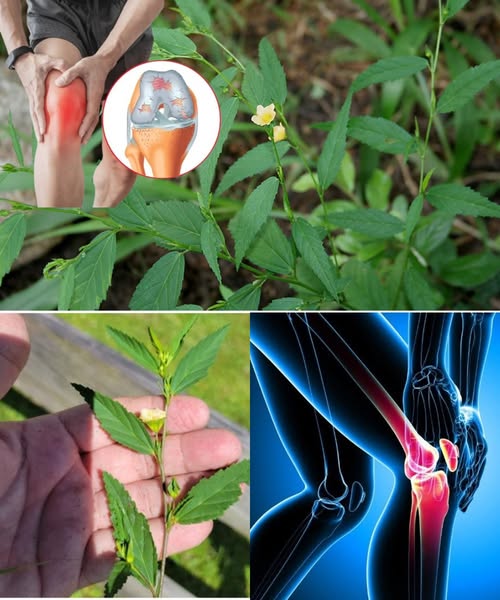The Hidden Power of Stubborn Grass: Nature’s Resilient Marvel That We Overlook
Introduction

Grass is everywhere. It carpets our yards, lines our sidewalks, and fills open fields with a lush green glow. Yet, few stop to consider the quiet resilience of grass, especially the stubborn varieties that persist against all odds. These unsung botanical warriors thrive in the harshest conditions, bouncing back after storms, droughts, and trampling. This blog dives deep into the hidden power of stubborn grass, exploring its ecological benefits, survival strategies, and why it deserves more appreciation.
The Unstoppable Nature of Stubborn Grass
1. What Makes Stubborn Grass So Resilient?
Stubborn grass, often dismissed as an invasive nuisance, possesses remarkable survival traits:
- Deep Root Systems – These allow grasses to access water deep underground, making them drought-resistant.
- Rapid Regeneration – Even after being cut, trampled, or burned, many grass species quickly regrow.
- Adaptability – They flourish in diverse climates, from arid deserts to cold tundras.
- Allelopathic Properties – Some grasses release chemicals that inhibit competing plant growth, ensuring dominance.
2. Why Do Some Grasses Seem Impossible to Eliminate?
Certain species, like Bermuda grass and crabgrass, spread aggressively due to their underground rhizomes and extensive seed dispersal. These features make them incredibly tough to eradicate, giving them an almost indestructible reputation.
3. What Are the Environmental Benefits of Stubborn Grass?
Despite their reputation as weeds, these grasses play a crucial role in the ecosystem:
- Soil Erosion Prevention – Their roots bind soil, preventing erosion from wind and water.
- Carbon Sequestration – Grass captures carbon dioxide, mitigating climate change.
- Biodiversity Support – Many insects, birds, and small mammals rely on grasslands for food and shelter.
- Natural Water Filtration – Grass filters rainwater, reducing pollutants that reach groundwater sources.
Debunking Common Myths About Stubborn Grass
Myth 1: Stubborn Grass Is Just a Weed
Truth: Many so-called “weeds” have medicinal and ecological value. For example, couch grass (Elymus repens) has been used in traditional medicine for centuries.
Myth 2: Grass Contributes Nothing to Agriculture
Truth: Certain grass species, such as vetiver, are used in sustainable agriculture to control soil erosion and retain moisture.
Myth 3: All Stubborn Grasses Are Bad for Gardens
Truth: Some resilient grass varieties, like buffalo grass, require little maintenance and provide a durable, eco-friendly lawn alternative.
How Stubborn Grass Can Benefit Urban Landscapes
1. Reducing Urban Heat Islands
In concrete-dominated cities, stubborn grasses cool the environment by absorbing sunlight and releasing moisture, countering the “urban heat island effect.”
2. Low-Maintenance Landscaping
Many drought-resistant grass varieties require minimal watering, reducing resource consumption in urban planning.
3. Wildlife Conservation in Cities
Stubborn grasses provide habitats for pollinators and other beneficial species, promoting urban biodiversity.
Practical Uses for Stubborn Grass in Everyday Life
1. Natural Pest Control
Some grass species repel insects, offering a chemical-free way to protect gardens.
2. Erosion Control for Homeowners
Planting resilient grasses on slopes helps prevent soil loss during heavy rains.
3. Affordable Ground Cover
For large areas, persistent grasses offer a cost-effective alternative to high-maintenance landscaping.
4. Sustainable Livestock Feed
Certain hardy grasses serve as nutritious, natural feed for grazing animals, reducing the need for artificial supplements.
The Future of Grass: Harnessing Its Hidden Potential
As climate change intensifies, scientists are exploring the potential of drought-resistant grasses for food production and ecosystem restoration. Stubborn grasses, often overlooked, could become crucial allies in sustainable agriculture and urban planning.
Conclusion
Stubborn grass is more than an unwelcome guest in your yard; it is a marvel of nature that embodies resilience and sustainability. By shifting our perspective and embracing its strengths, we can harness its benefits for environmental conservation, urban planning, and even everyday use. Instead of waging war on these persistent plants, perhaps it’s time to recognize and celebrate their hidden power.


